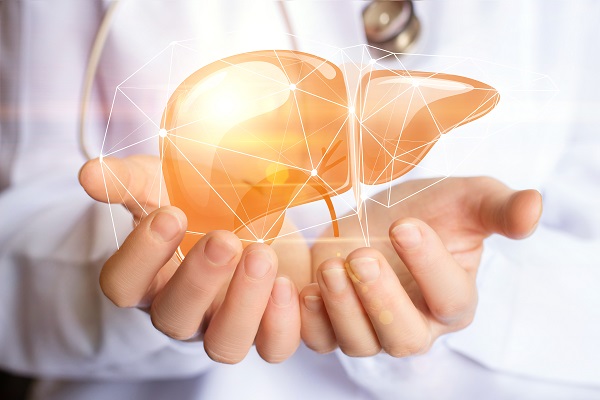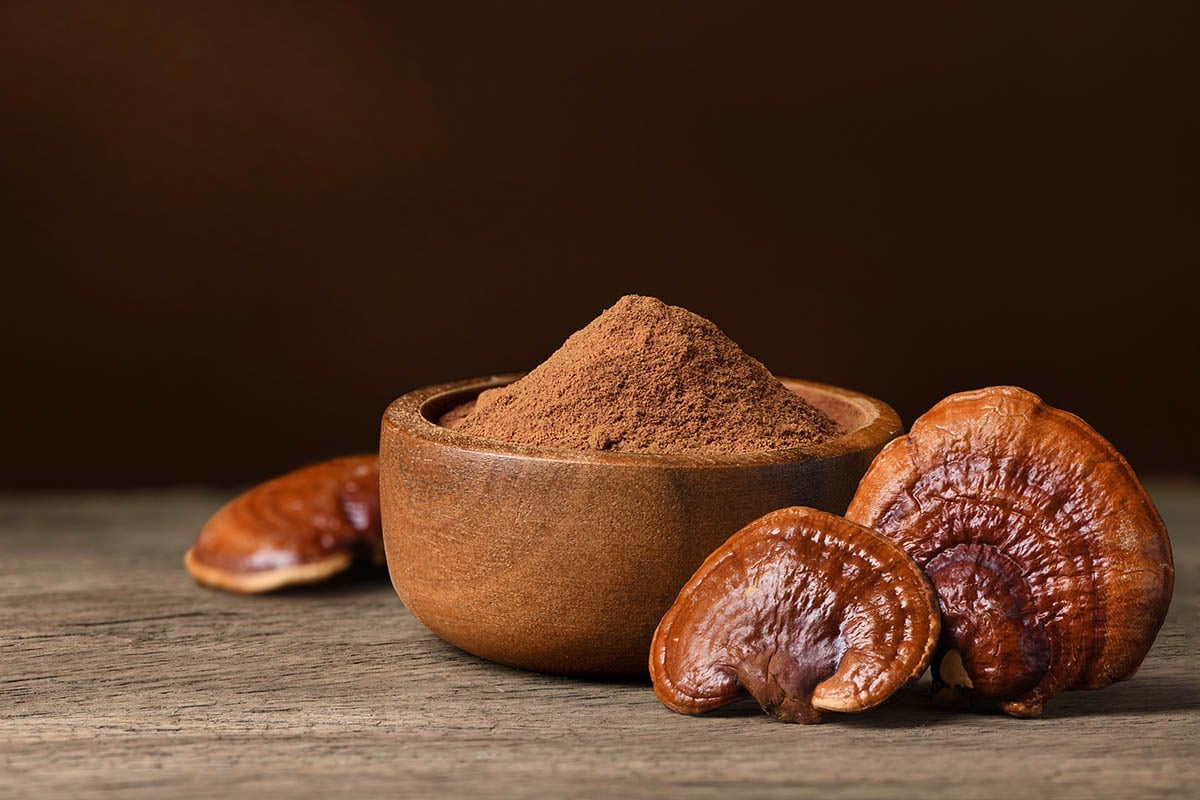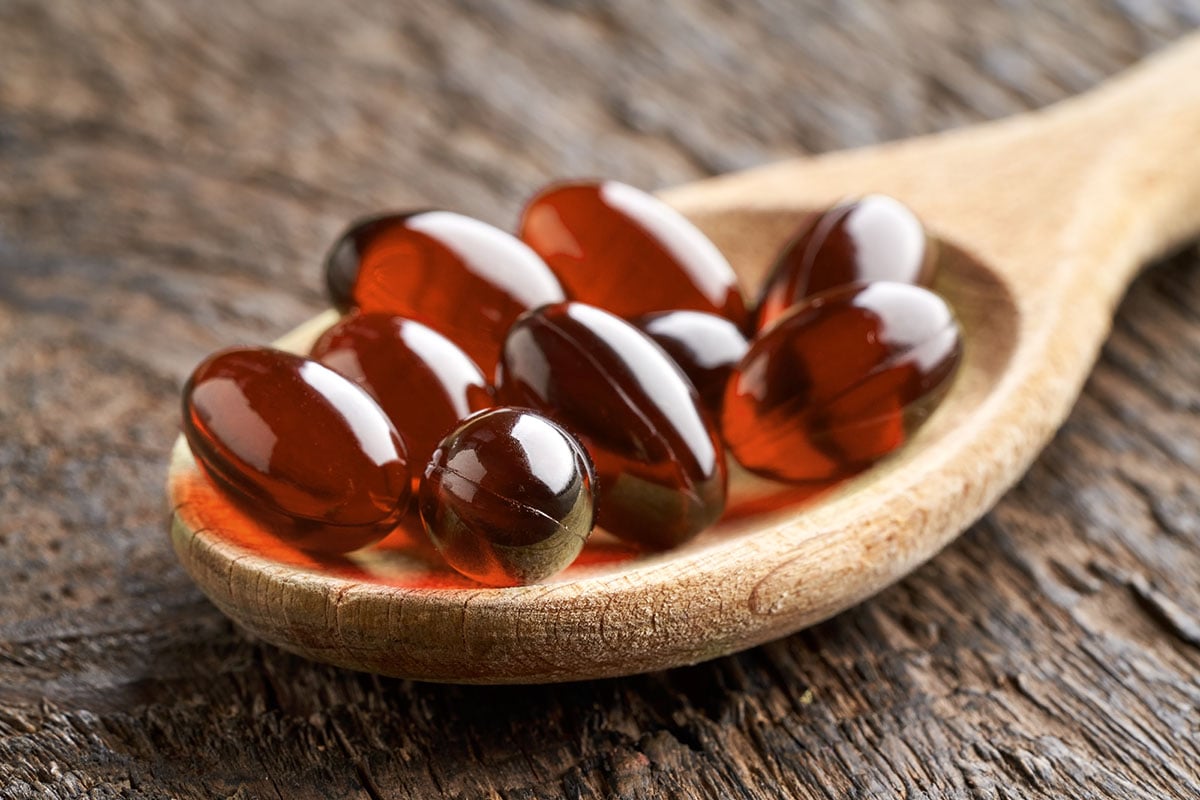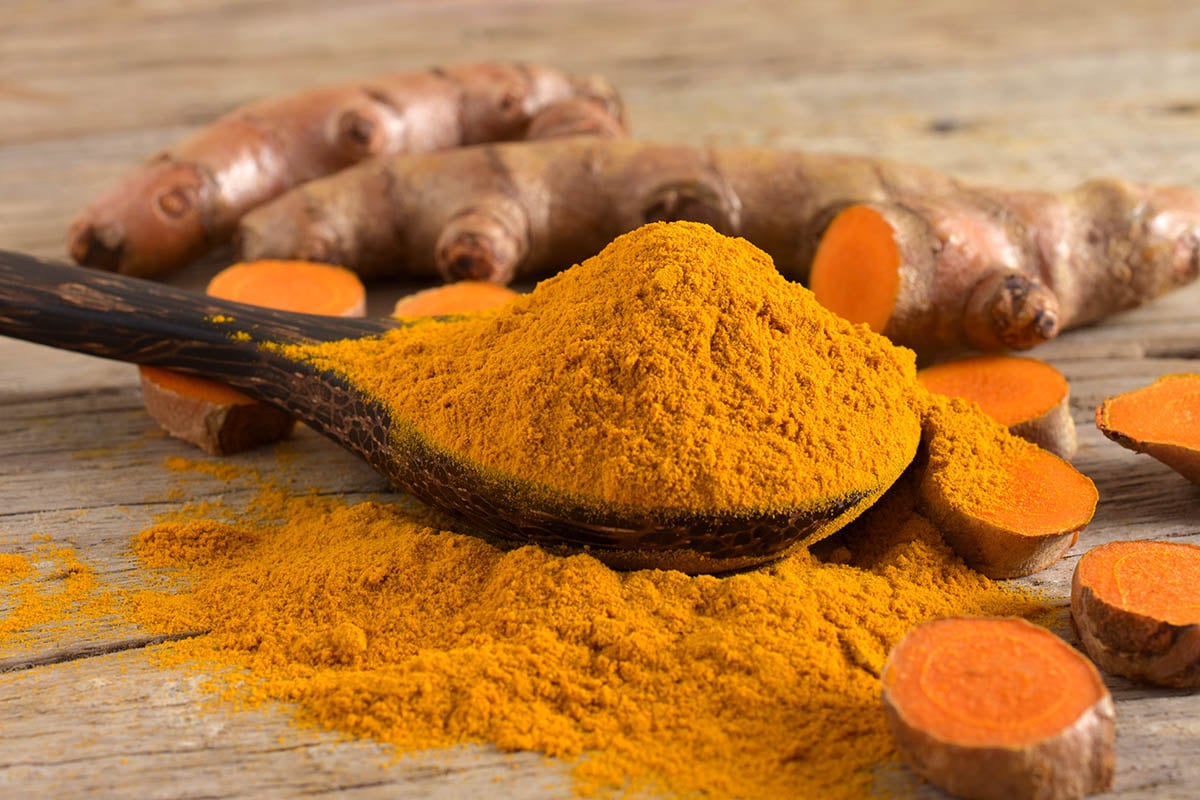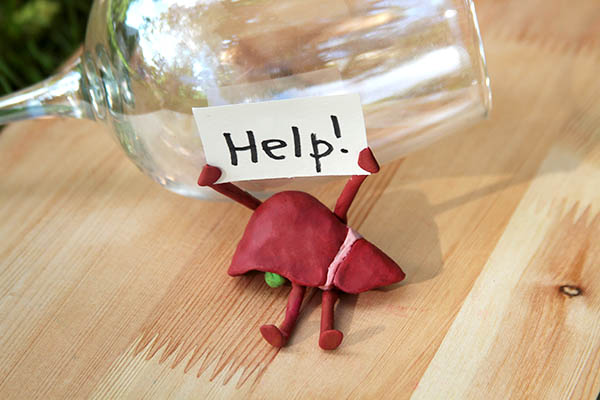
It’s almost impossible to overstate the importance of your liver. As your primary filtering system, it works around the clock, eliminating the toxins that can harm your body. It cleans your blood to the tune of one quart a minute and performs over 500 different functions, participating in everything from metabolism to waste removal.
And your liver is genuinely unique in that it is the only organ in your entire body that regenerates. When your heart is damaged, scar tissue permanently replaces healthy tissue, just like a burn on your skin. Damaged liver tissue, however, is replaced with new cells.
Consider this; up to 60 percent of your liver cells could die in an extreme event like a drug overdose, and your liver would completely repair itself after only 30 days.
But that does not mean your liver is indestructible. Things we consume like alcohol, processed and fatty foods, pollution and chemicals in the environment, even prescription medications and over the counter pain killers leave toxic byproducts and excessive fat in your liver.
Too much fat and too many toxins, compounded over time, lead to a condition called fatty liver disease, which, fortunately, is reversible. Fatty liver disease left unchecked and compounded over time can ultimately lead to liver cirrhosis, a buildup of scar tissue that permanently damages your liver function.
By controlling your intake of fat and toxins and eliminating fatty buildup, you can quickly reverse any damage that’s been done. Your liver takes care of you, so helping it stay in tip-top shape is an essential part of you feeling your absolute best.
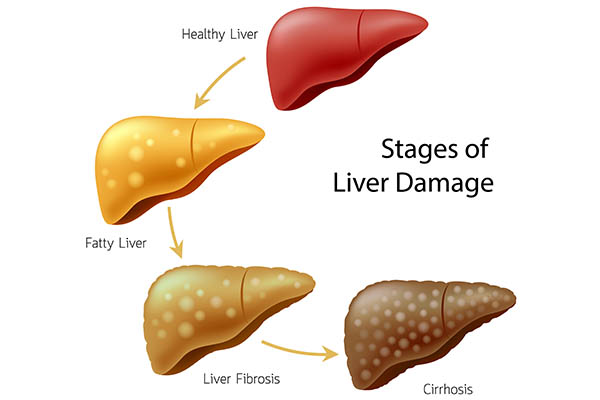
Understanding Fatty Liver Disease
Obesity is an epidemic raging throughout much of America. But there’s another dangerous epidemic that goes hand-in-hand with obesity that affects 1 in 3 Americans. It’s called steatosis, better known as fatty liver disease.
It’s normal for your liver to have some fat, but your liver is not fully functioning if it’s more than 5% fat. Fatty liver disease develops when sugars and carbohydrates abundant in processed foods, plus alcohol consumption, OTC pain killers, and overeating, results in fat and toxin buildup in your liver. This accumulation causes an inflammatory response, which reduces proper liver function that affects its ability to process impurities. This process becomes a vicious cycle causing even more fat to accumulate in your liver.
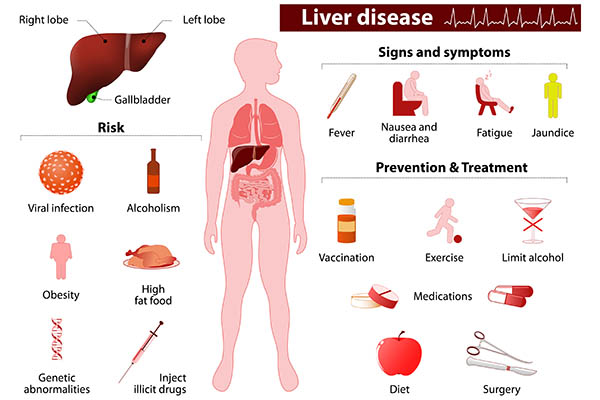
Symptoms of Fatty Liver Disease
One of the dangers of fatty liver disease is that its initial symptoms – heartburn and fatigue – tend to be credited to other ailments or considered trivial.
When your liver is polluted, it cannot effectively filter out toxic substances, and that situation can quickly snowball into a wide range of health issues, including:
Fatigue: Fatty liver can trigger chronic fatigue. You may feel more tired than usual after regular activities, even simple things like household chores. You may need to sleep longer than you usually do during the night, or your may need to take naps for several hours during the day.
Heartburn: Studies show a positive association between fatty liver disease heartburn and belching.
Yellow Tint to Eyes or Skin: A substance in bile called bilirubin gives it a brownish-yellow color. If your liver can’t rid your body of bile fast enough, it builds up in your body and can turn your eyes and skin slightly yellow. Severe enough, and it becomes jaundice.
Dark Urine: Healthy urine is pale yellow. Abnormally high levels of bilirubin will turn urine dark orange, amber, or cola-colored.
Upper Abdominal Pain: If you are in the early stages of fatty liver disease, you may feel dull pain that comes and goes in your upper right abdomen, in the area of your liver. The aching may radiate to the center of the stomach.
Bloating: Fluid leaking from the surface of the liver can cause belly bloat. This condition called ascites happens when fatty liver disease becomes more severe and is often accompanied by mild abdominal pain and shortness of breath.
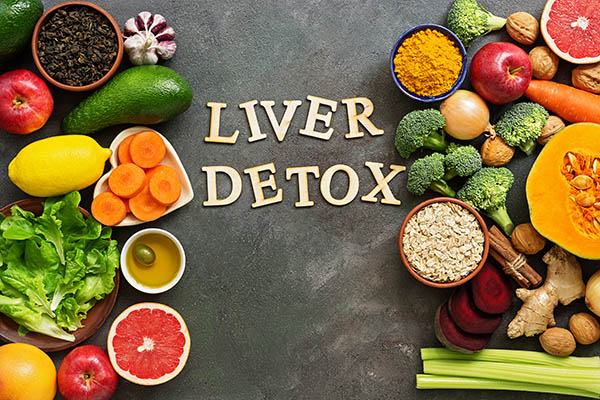
Detoxing Your Liver
If you recognize that your liver needs help, these simple detox methods will help your liver get back to functioning as it should.
Water
Water moves toxins through its cellular systems and accelerates their elimination from your body. Aim for four liters of water every day. Avoid bubbly water or water in plastic beverage containers.
Sweat
If you’re lucky, you live in a climate that will have you sweating with a walk around the block. Exercised induced sweat pushes fat out of your liver and keeps it moving out of your body. Hot yoga and sauna sessions are also great ways to sweat out toxins.
Reduce Fat & Toxins
Your liver moves out fat and toxins that enter your body, so increasing the burden will not lead to a successful detox. Dramatically reducing and eliminating all fatty animal protein, alcohol, sugar, tobacco, and processed foods gives your liver a necessary break to do some long-overdue self-cleansing.
Detoxing Herbs
The latest scientific research suggests that certain herbs and nutrients have a detoxifying effect that can improve your liver’s function and potentially halt the progression towards liver disease.
Dandelion Root is a natural diuretic that promotes the quick elimination of toxins.
Milk Thistle contains silymarin and silybin, two antioxidants crucial for liver detoxification and known to protect your liver against harmful agents, including alcohol.
Chicory Root is a known liver protector that reduces oxidative stress and prevents cell damage in the liver. Chicory root has also been shown to support the breakdown of liver fats by boosting the flow of bile.
Burdock Root is a super-antioxidant that helps protect your liver against poisonous substances. Burdock’s bitterness stimulates bile production, helping the liver flush away toxins with more speed and ease.
Cleansing herbs and detoxes are an increasingly popular way to eliminate harmful substances, so your liver doesn’t spiral towards fatty liver disease. Stonehenge Health’s Dynamic Liver Renewal contains the proven ingredients above plus additional powerful cleansing herbs, chaca piedra, ginger, and beetroot.
Many benefits come with combining the steps to detox your liver with Dynamic Liver Renew. Doing them together will certainly optimize your liver function and give you renewed energy and a feeling of vitality.
And finally, if you are under the care of a doctor or are taking any prescribed medications, discuss your detoxing plans with her before changing your daily diet or health routine.
Sources:
1. https://liverfoundation.org/for-patients/about-the-liver/diseases-of-the-liver/non-alcoholic-fatty-liver-disease/#:~:text=About%20100%20million%20individuals%20in,over%20the%20past%2020%20years.
2. “Chronic Liver Disease/Cirrhosis | Cedars-Sinai”. 2019. Cedars-Sinai.Org. https://www.cedars-sinai.org/health-library/diseases-and-conditions/c/chronic-liver-diseasecirrhosis.html.
3. PDQ Integrative, and Complementary Therapies Editorial Board. 2003. “Milk Thistle (PDQ®)”. National Cancer Institute (US). https://www.ncbi.nlm.nih.gov/books/NBK65780/
4. AFederico, Alessandro, Marcello Dallio, and Carmelina Loguercio. 2017. “Silymarin/Silybin And Chronic Liver Disease: A Marriage Of Many Years”. Molecules 22 (2): 191. MDPI AG. doi:10.3390/molecules22020191.
5. https://www.ncbi.nlm.nih.gov/pubmed/27517
6. El-Sayed, Yasser S., Mohamed A. Lebda, Mohammed Hassinin, and Saad A. Neoman. 2015. “Chicory (Cichorium Intybus L.) Root Extract Regulates The Oxidative Status And Antioxidant Gene Transcripts In Ccl4-Induced Hepatotoxicity”. PLOS ONE 10 (3): e0121549. Public Library of Science (PLoS). doi:10.1371/journal.pone.0121549.
7. Publishing, Harvard. 2020. “When The Liver Gets Fatty – Harvard Health”. Harvard Health. https://www.health.harvard.edu/diseases-and-conditions/when-the-liver-gets-fatty.
8. 2020. Study.Com. https://study.com/academy/lesson/milk-thistle-dosage-side-effects-overdose-symptoms.html.
9. https://uihc.org/health-topics/liver-disease-frequently-asked-questions#:~:text=The%20liver%20is%20a%20unique,damaged%20tissue%20with%20new%20cells.
10. https://pubmed.ncbi.nlm.nih.gov/24718860/




